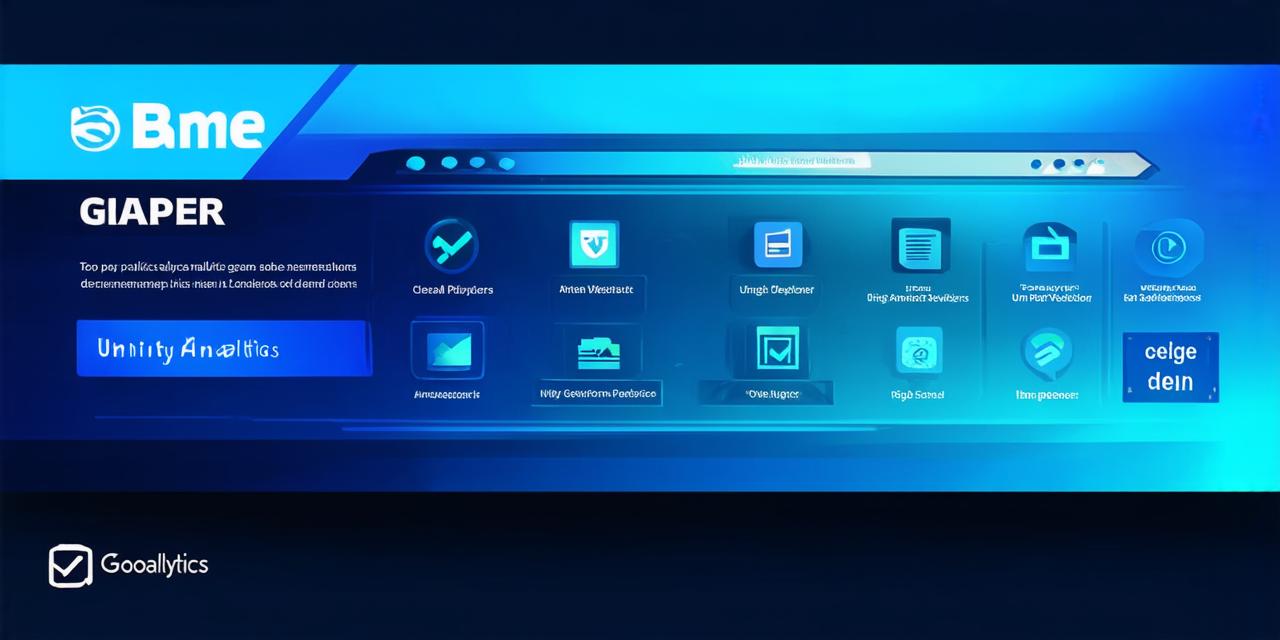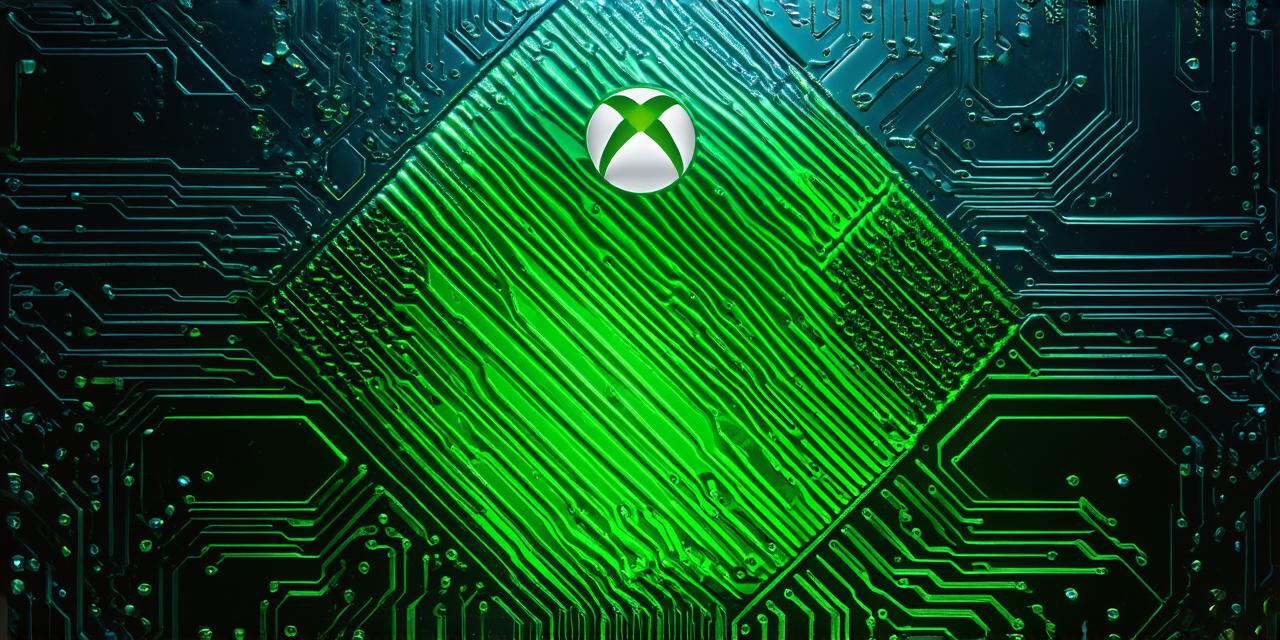Introduction: Game Development Tools and Technologies
Game development is a complex process that involves a wide range of skills and tools. From coding to design, art to audio, game development requires professionals with diverse backgrounds and skill sets. In this guide, we will explore the most commonly used tools and technologies in game development. We’ll cover everything from game engines to programming languages, art tools to audio software, and much more.
Game Engines: The Foundation of Game Development
Game engines are the backbone of any game. They provide the framework for creating games, allowing developers to focus on gameplay mechanics, AI, graphics, and other aspects of game development without worrying about the low-level details of programming. Here are some of the most popular game engines used by professional game developers:
Unity
Unity is a cross-platform game engine that supports 2D, 3D, AR/VR, and multiplayer games. It’s a popular choice for beginners and experienced developers alike, thanks to its user-friendly interface and powerful features. With Unity, you can create games for desktop and mobile platforms, as well as consoles and VR devices. Some of the top features of Unity include:
- Real-time rendering: Allows you to see your game in action while you’re working on it.
- Asset store: A library of pre-built assets that can be used to speed up development.
- Physics engine: A powerful physics engine that supports a wide range of physical effects, including rigidbody, cloth, and fluid dynamics.
- Multiplayer support: Allows you to create games that players can play online with friends and others.
Unreal Engine
Unreal Engine is another popular game engine that’s used by professional game developers. It’s known for its high-quality graphics and powerful tools for creating 3D environments, characters, and effects. With
Unreal Engine
, you can create games for desktop and mobile platforms, as well as consoles and VR devices. Some of the top features of
Unreal Engine
include:
- Blueprints: A visual programming system that allows you to create game logic without writing code.
- Physics engine: A powerful physics engine that supports a wide range of physical effects, including rigidbody, cloth, and fluid dynamics.
- Multiplayer support: Allows you to create games that players can play online with friends and others.
- Material editor: A powerful tool for creating custom materials and textures.
CryEngine
CryEngine is a game engine that’s known for its high-quality graphics and powerful tools for creating 3D environments, characters, and effects. It’s commonly used in the gaming industry for creating AAA games and high-performance PC games. Some of the top features of
CryEngine
include:
- Physics engine: A powerful physics engine that supports a wide range of physical effects, including rigidbody, cloth, and fluid dynamics.
- Multiplayer support: Allows you to create games that players can play online with friends and others.
- VR support: Supports virtual reality development for Oculus Rift and HTC Vive.
- Material editor: A powerful tool for creating custom materials and textures.
Godot
Godot is a game engine that’s designed to be beginner-friendly while still offering advanced features for experienced developers. It supports 2D, 3D, and mobile game development, and it has a growing community of users and developers. Some of the top features of
Godot
include:
- Physics engine: A powerful physics engine that supports a wide range of physical effects, including rigidbody, cloth, and fluid dynamics.
- Multiplayer support: Allows you to create games that players can play online with friends and others.
- Node-based programming: A visual programming system that allows you to create game logic without writing code.





